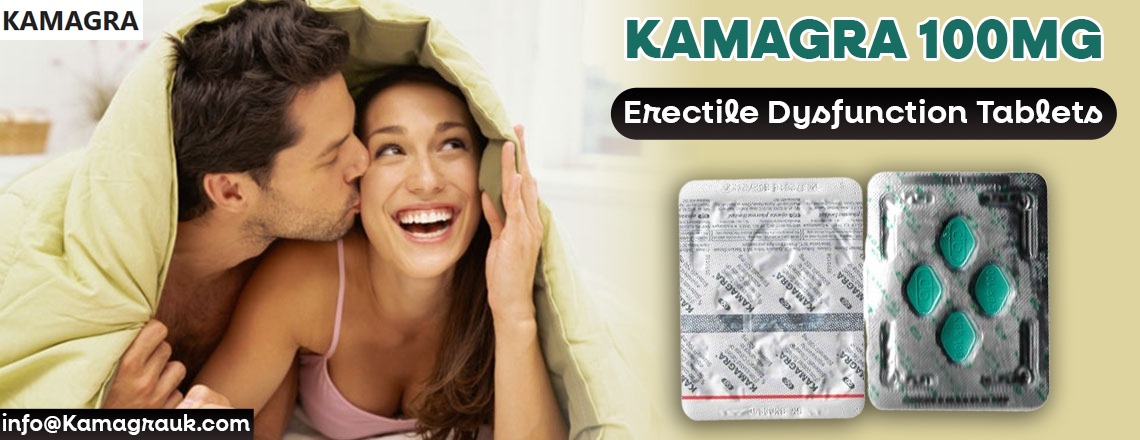Medical Rehabilitation Devices
Medical Rehabilitation Devices: Restoring Function, Improving Lives
Medical rehabilitation devices play a crucial role in helping individuals recover from injury, surgery, or chronic conditions that affect mobility and physical function. These devices are designed to assist, support, or enhance the body’s natural healing process by promoting movement, strength, coordination, and independence. Whether used in hospitals, rehabilitation centers, or at home, they are essential tools in modern healthcare.
This article explores the different types of medical rehabilitation devices, how they work, who uses them, and how they’re shaping the future of recovery and physical therapy.
What Are Medical Rehabilitation Devices?
Medical rehabilitation devices are tools and equipment used to aid individuals in regaining or improving physical capabilities lost due to injury, illness, or disability. They support therapeutic goals such as improving range of motion, reducing pain, strengthening muscles, and enhancing coordination.
These devices may be:
-
Assistive – Help users perform functions they might not be able to do independently (e.g., walkers, wheelchairs)
-
Therapeutic – Used as part of a structured rehabilitation program to restore function (e.g., resistance bands, robotic exoskeletons)
-
Monitoring – Track progress or biofeedback to improve outcomes (e.g., gait analysis tools, EMG sensors)
Types of Medical Rehabilitation Devices
1. Mobility Aids
These are the most common rehabilitation devices, helping patients move independently during recovery or after surgery.
Examples include:
-
Canes and crutches
-
Walkers and rollators
-
Manual and powered wheelchairs
-
Prosthetic limbs
Mobility aids reduce the risk of falls, support weight-bearing, and give users more independence during recovery.
2. Orthotic Devices
Orthotics are external supports designed to correct or support musculoskeletal issues.
Examples include:
-
Braces (knee, ankle, wrist)
-
Spinal orthoses
-
Foot orthotics
They are used to stabilize joints, improve posture, or correct deformities caused by trauma or neurological disorders.
3. Robotic Rehabilitation Devices
These are high-tech tools that assist or guide movement with precision and can adapt to a patient’s progress.
Examples:
-
Robotic exoskeletons for gait training
-
Upper limb robotic arms for stroke rehabilitation
-
Hand therapy robots
They are especially beneficial for patients with neurological conditions such as stroke, spinal cord injuries, or cerebral palsy.
4. Electrical Stimulation Devices
These devices use controlled electrical impulses to stimulate nerves or muscles.
Types include:
-
Functional electrical stimulation (FES)
-
Transcutaneous electrical nerve stimulation (TENS)
-
Neuromuscular electrical stimulation (NMES)
They help restore voluntary movement, reduce spasticity, relieve pain, and prevent muscle atrophy.
5. Exercise and Therapy Equipment
Basic tools that support physical rehabilitation by improving strength, flexibility, and endurance.
Examples:
-
Resistance bands
-
Balance boards
-
Stationary bikes
-
Range-of-motion machines (CPM devices)
These are often used in outpatient physical therapy or home-based rehab programs.
6. Cognitive Rehabilitation Devices
Used for patients with brain injuries, strokes, or neurological conditions affecting memory, attention, and problem-solving.
Examples:
-
Computer-based cognitive training software
-
Virtual reality environments
-
Interactive tablets with brain-training apps
These tools help rewire the brain and improve daily functioning in people with cognitive impairments.
7. Speech and Swallowing Aids
Designed for individuals recovering from strokes, brain injuries, or surgeries affecting speech or swallowing.
Examples:
-
Electronic speech-generating devices
-
Swallowing therapy tools
-
Tongue-strengthening devices
These devices help restore communication and prevent complications like aspiration.
Who Uses Medical Rehabilitation Devices?
Rehabilitation devices are used by a broad range of patients, including:
-
Stroke survivors
-
Orthopedic surgery patients (hip/knee replacements)
-
Amputees
-
Spinal cord injury patients
-
People with neurological disorders (Parkinson’s, MS, cerebral palsy)
-
Elderly individuals with mobility issues
They are also essential in post-operative care, sports injury recovery, and chronic pain management.
Benefits of Rehabilitation Devices
✅ Improved Mobility and Function
Devices enable patients to regain movement, strength, and independence faster and more safely.
✅ Enhanced Quality of Life
Rehabilitation improves patients' ability to perform daily tasks, reducing reliance on caregivers.
✅ Faster Recovery
Targeted therapies using devices accelerate healing and reduce complications.
✅ Reduced Hospital Stays
Effective rehabilitation shortens the duration of hospitalization and lowers healthcare costs.
✅ Personalized Therapy
Many modern devices allow for real-time feedback and data tracking, enabling customized rehab programs.
Technological Advancements in Rehabilitation
In recent years, medical rehabilitation devices have benefited from breakthroughs in:
-
Artificial intelligence (AI) – for personalized therapy adjustments
-
3D printing – to create custom orthotics and prosthetics
-
Virtual reality (VR) – immersive environments for physical and cognitive therapy
-
Wearable sensors – tracking posture, gait, and muscle activity in real-time
These technologies are transforming rehab into a more interactive, data-driven process that improves both engagement and outcomes.
Challenges and Considerations
Despite their benefits, some challenges remain:
-
Cost and accessibility – Advanced devices like robotics or VR systems can be expensive and not covered by all insurance plans.
-
Training and support – Devices must be used correctly for maximum effectiveness; training for patients and therapists is crucial.
-
Maintenance and durability – Especially in long-term or home use, devices must be maintained to ensure safety.
Choosing the right device requires input from physicians, physical therapists, and sometimes occupational therapists to match the equipment to the patient’s condition and goals.
Conclusion
Medical rehabilitation devices are vital tools in the journey to recovery and independence. From simple walkers to sophisticated robotic systems, they empower patients to rebuild strength, coordination, and confidence after illness or injury. As technology continues to evolve, the future of rehabilitation looks even more promising—more personalized, effective, and accessible than ever before.





